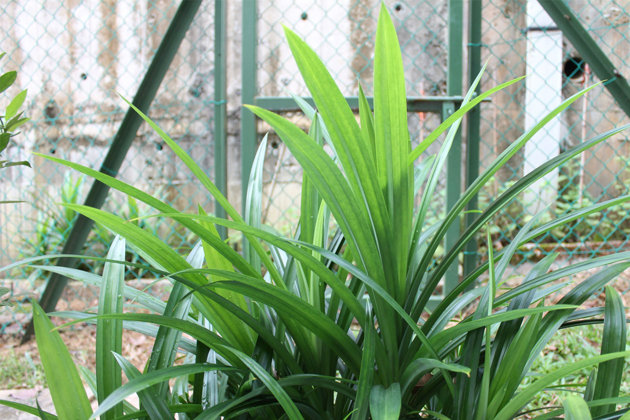
When Spice Is Not Nice…
By Jade Hu - Tuesday, Feb 18, 2014
It’s your pesky enemy’s enemy and these common household ingredients are your bosom buddies when they irritate you. Pests are at the top of our list of domestic annoyances. By cultivating some greenery around your home and repurposing ingredients normally used for cooking can help you divide, conquer and recover the territories overtaken by ants, roaches, mosquitoes, mice and weevils, to name a few.
Mint is widely believed to be a natural remedy for headaches. But one headache it can definitely cure is the one caused by an infestation of mice. Soak some cotton balls in the oils of mint (peppermint or spearmint works too) to ward away the pests. The menthol scent is so intensely repulsive to mice that it will send them scurrying for cover. The mint plant itself works too, but perhaps you might need to cultivate a little mint ‘forest’ enough to supply a toothpaste factory before it would work. Cayenne pepper and cloves give a similar effect as mint as well.
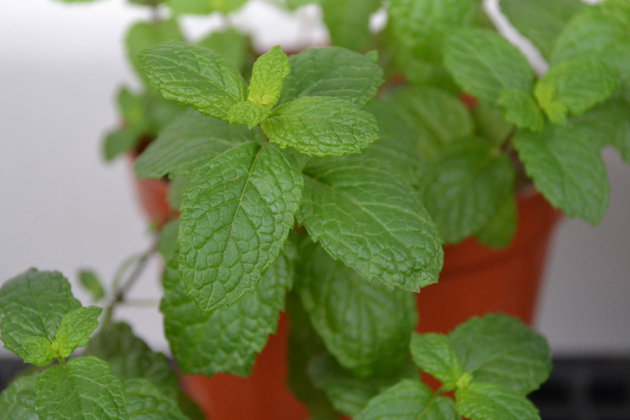
Star Anise
You may want to use this pungent herb, which tastes similar to licorice, to scare ants away. Place a few in a bowl, or scatter some in the kitchen drawers and wherever you find them lurking, and watch them march away in fear.

Pandan leaf
The fragrant, heady aroma from pandan leaves may make the best of us crave for nonya kuehs and chiffon cake, but this very scent that also perfumes some taxi carriages, is a foe of the cockroach. The roaches will run away, but unlike a trusty well-aimed slipper, the pandan leaves won’t kill them. The best bet is to set out a few pots of the plant around your home, but keep the place clean to avoid luring the roaches. Placing some leaves in food shelves will do the trick nicely too, but remember to change the leaves every three days or so.

Bay leaf
Weevils are the last thing you want to see when you open your rice bucket. Place a few dried bay leaves in the container with the rice grains. Besides being a critical ingredient in stews, broths and sauces, this aptly-named herb do a great job at keeping these hard-shelled bugs at bay.
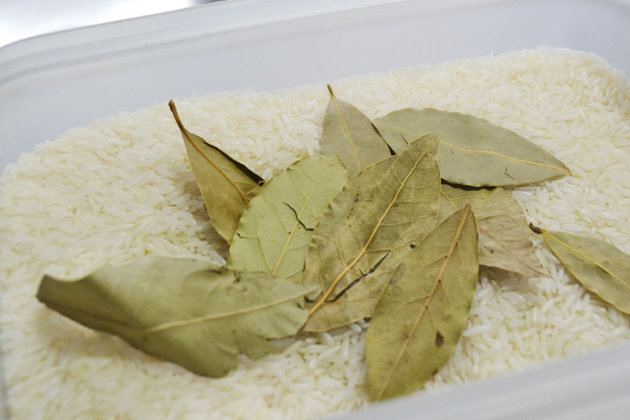
Basil
Indispensable in Italian cooking, having this herb at home will give your fly-swatter a break. The smell of the basil plant repels flies. Not a green thumb? Put some supermarket-bought dried basil leaves on the cupboard shelves in your kitchen to shoo away moths, weevils and ants.
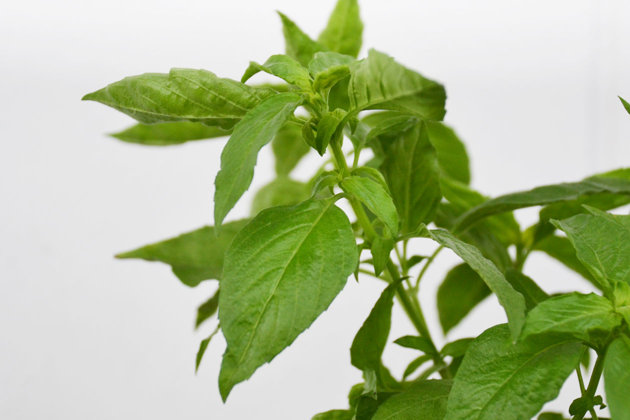
Cinnamon
This spice sprinkled in its powder form on apple slices makes a refreshing crunchy treat, and upgrades your regular hot chocolate to a cheeky and festive version. But it’s no party for ants. To get rid of these nuisance (and they can bite too), sprinkle a generous portion near the entry point of an ant trail, or wherever there are ants wandering about, and send them back to wherever they come from and beyond.
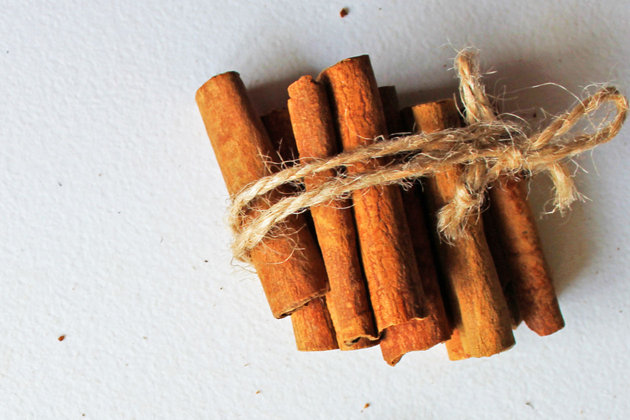
These methods only serve to repel and don’t kill the pests, but they make good, all-natural alternatives to aerosol bug sprays and chemical-based poison, especially in households with children, pets and sensitiveindividuals. Next time you are in a vengeful mood after an incursion of weevils into your rice bucket, think before you reach for the cold steel chemical spray can, and consider the double duty that the spices on your rack can do for you. And perhaps, you will finally have a good enough excuse to start a mini herb garden of your own at home.


